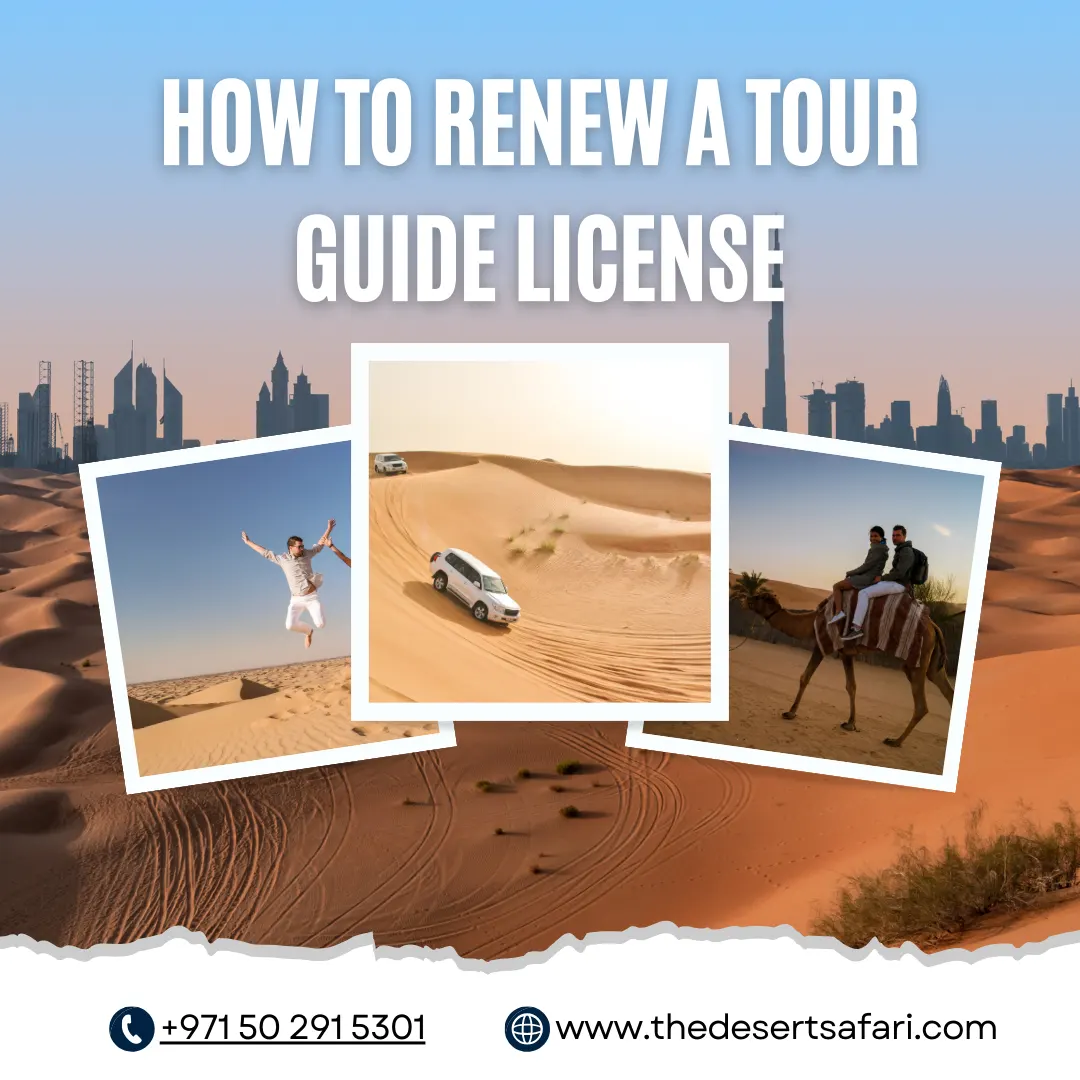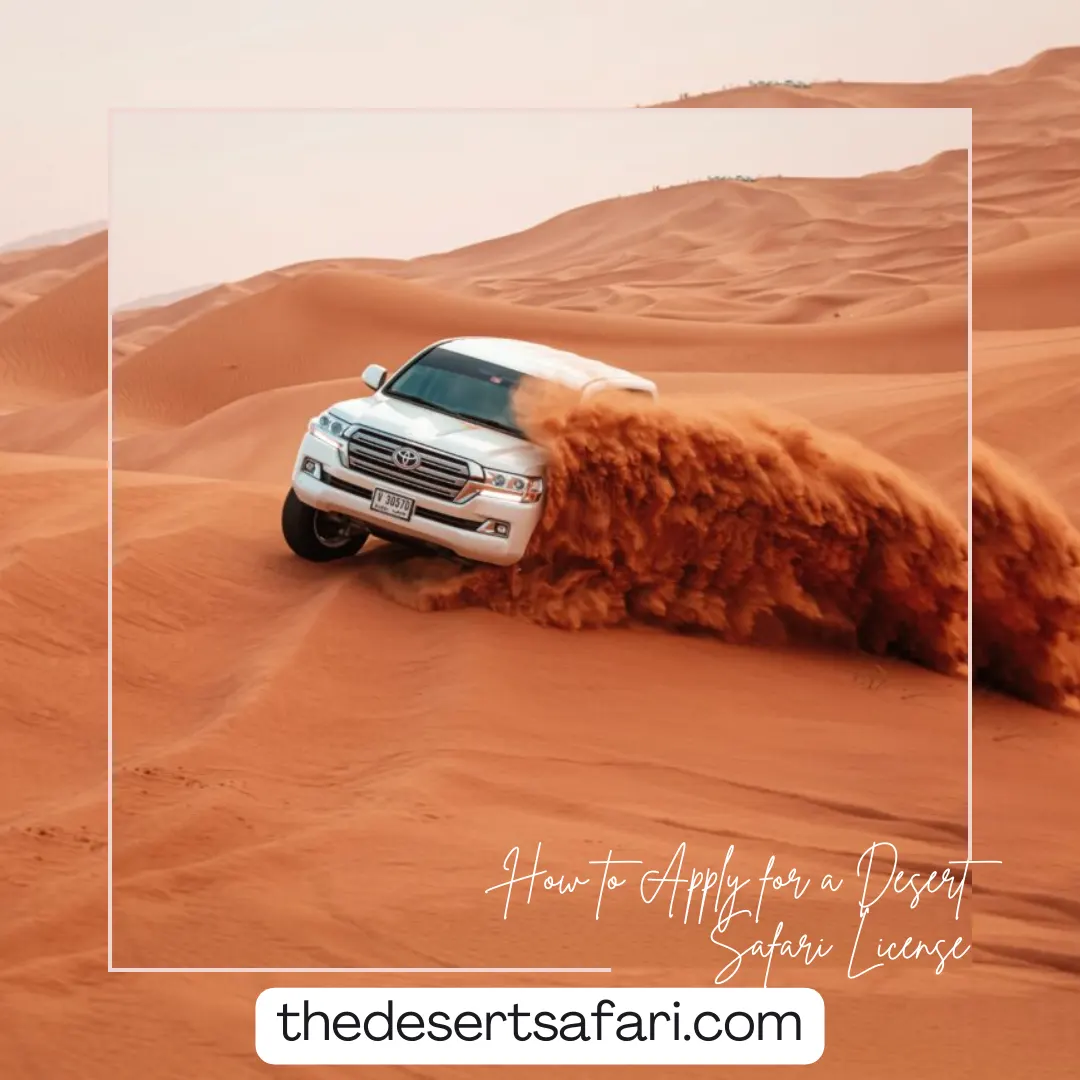What to Wear for Horseback Riding in Dubai's Desert: Dressing for Comfort and Safety

Picture yourself on a majestic Arabian horse, feeling the sun’s warmth on your face and the soft sand of Dubai’s vast desert under your feet. As you embark on this thrilling horseback riding adventure, you want to feel comfortable and confident instead of uncomfortable or out of place. That’s why it’s essential to dress appropriately for the ride to ensure your comfort and safety. In this blog post, we will guide you through what to wear for horseback riding in Dubai’s desert, considering the weather conditions and safety guidelines.
So, let’s explore how to dress for a comfortable and enjoyable ride!
Weather Conditions in Dubai Desert
When planning a horseback riding adventure in the Dubai desert, it is important to consider the climate and its effects on your attire. Here is an overview of the climate in Dubai’s desert and the recommended attire for horseback riding.
Overview of the climate in Dubai Desert
Dubai’s desert climate is characterized by hot summers and mild winters. During the summer months, temperatures can exceed 48°C, while winter temperatures average around 20°C. Humidity levels are generally low, and rainfall is infrequent.
Effects of the climate on attire for horseback riding
The hot and dry climate in Dubai’s desert means that you need to wear appropriate clothing to avoid dehydration and heat exhaustion. Loose-fitting, lightweight, and breathable fabrics are ideal for horseback riding attire in the desert. Wearing clothes that allow air to circulate around your body can help keep you cool and comfortable during your ride.
Recommended materials for horseback riding attire
When it comes to selecting the right materials for your horseback riding attire, it is best to choose natural fibers such as cotton, linen, or silk. These fabrics are lightweight and breathable, allowing air to flow freely around your body. Additionally, they are soft and gentle on the skin, reducing the risk of chafing and irritation.
It is also important to wear a hat or a scarf to protect your head and neck from the sun. Opt for light-colored fabrics that reflect the sun’s rays rather than absorbing them.
Riding Safe and Stylish
Horseback riding is a thrilling activity that requires both skill and safety awareness.
To begin, let’s take a look at the overview of safety guidelines for horseback riding. First and foremost, it is essential to wear a properly fitted helmet. This will protect your head from any potential injuries that could occur while riding. Additionally, it is important to use appropriate gear such as riding boots, gloves, and a safety vest to ensure proper protection.
What to Wear For Horse Riding

Helmet Safety Guidelines for Horseback Riding

A helmet is an essential piece of equipment when it comes to horseback riding. It is designed to protect the rider’s head from injury in case of a fall or collision. In fact, wearing a helmet while horseback riding can reduce the risk of head injury by up to 80%.
When choosing a helmet for horseback riding, it is important to select one that is specifically designed for this activity. Look for helmets that are certified by a reputable safety organization such as ASTM International or SEI. These organizations test and evaluate helmets to ensure that they meet strict safety standards.
The helmet should fit snugly on your head and have a chin strap to keep it in place. It should not be too loose or too tight, as both can compromise the helmet’s effectiveness. To find the right size, measure the circumference of your head just above the eyebrows and choose a helmet size that corresponds to this measurement.
When wearing a helmet, make sure that it is securely fastened and adjusted properly. The chin strap should be snug but not too tight, and the helmet should sit level on your head. It is also important to replace your helmet after any impact, even if there is no visible damage.
Riding in Style and Comfort: Choosing the Right Shirt, Jacket, or Vest for Horseback Riding
When it comes to horseback riding, choosing the right shirt, jacket, or vest can make all the difference in your comfort and safety. The type of garment you choose will depend on the weather, riding style, and personal preference.
For warm-weather riding, lightweight, breathable materials such as cotton or moisture-wicking fabrics are recommended. These materials allow air to flow freely and help keep you cool and comfortable. T-shirts or tank tops are popular choices for summer riding, but make sure to choose a shirt with a high neckline to protect your skin from the sun and from brushing against the foliage.
In colder weather, layering is key to staying warm and comfortable. A base layer made of moisture-wicking fabric can help keep you dry, while a mid-layer of fleece or wool provides insulation. A jacket or vest made of windproof and waterproof material will help protect you from the elements.
When it comes to safety, it is important to choose a shirt or jacket that fits well and does not restrict your movement. Loose or baggy clothing can get caught on equipment and cause injury. A properly fitted shirt or jacket should also not interfere with the fit of your helmet.
Pants & Footwear
Pants and footwear are important considerations when it comes to horseback riding attire. The right pants and footwear can improve your comfort and safety, allowing you to focus on the ride.
Pants For Horse Riding
For pants, it is best to choose a pair that is comfortable, flexible, and provides a good range of motion. Stretchy, moisture-wicking materials are ideal, as they allow you to move freely and help keep you cool and dry. Jeans or riding tights made of a stretchy, breathable fabric are popular choices. Avoid wearing pants that are too loose or too baggy, as they can get caught on equipment and pose a safety hazard.
Footwear For Horse Riding
When it comes to footwear, the most important consideration is safety. riding boots are specifically designed to keep your feet in the stirrups and prevent them from slipping. They also have a heel to prevent your foot from sliding too far forward and getting caught in the stirrup. Make sure your boots fit well and have a non-slip sole.
If you don’t have riding boots, a sturdy shoe with a low heel may suffice. Avoid wearing sandals, flip-flops, or any shoes with an open toe, as they do not provide adequate foot protection.
For added comfort, consider investing in a pair of riding socks. These socks are designed to prevent blisters and provide extra cushioning.
Other Considerations for Horseback Riding Attire
Recommended Undergarments
Remember that undergarments are as crucial as outerwear when you go horseback riding. Choosing the proper undergarments to prevent chafing and ensure comfort during the ride. Choose seamless underwear made of moisture-wicking material to avoid discomfort and irritation. Wear a supportive sports bra to minimize bounce and provide additional comfort and support if you’re a woman.
Accessories for Horseback Riding
- Gloves – Gloves are not only stylish, but they also serve a practical purpose. They provide a better grip on the reins and help prevent blisters and calluses. Look for gloves made of durable, breathable material that offers a snug fit without being too tight.
- Half-chaps – Half-chaps are designed to provide added grip and protection for the lower leg. They can also help prevent rubbing and chafing. Look for half-chaps made of leather or synthetic material that provide a snug fit and ample protection.
- Neck wrap – A neck wrap, or scarf, can provide protection from the sun, wind, and dust. It can also add an extra layer of warmth on cooler days. Look for a lightweight, breathable material that is easy to tie and won’t get in the way.
- Boot socks – Boot socks are designed to provide additional cushioning and support for the feet. They can also help prevent blisters and keep your feet cool and dry. Look for socks made of moisture-wicking material that offer a snug fit without being too tight.
Desert Safari With Horse Riding
Desert safari tours are a popular attraction for tourists visiting Dubai, offering a unique and exciting way to explore the vast, arid landscape of the desert. In addition to traditional activities like dune bashing, camel riding, and quad biking, Evening desert safari and overnight desert safari tours include horse riding as part of their itinerary.
FAQs About What To Wear For Horse Riding
We recommend wearing lightweight, breathable clothing that protects your skin from the sun and desert heat. You can wear loose-fitting long pants, a long-sleeved shirt, and a hat for maximum protection.
You don’t need any special clothing, but it’s best to wear something comfortable that won’t restrict your movement while on horseback.
There are no strict clothing restrictions.
It’s not recommended to wear shorts and sandals since they don’t provide adequate protection from the sun and desert environment. Closed-toe shoes are also recommended.
Comfortable closed-toe shoes with a low heel are recommended for horseback riding in the desert. Sneakers or boots are good options.
It’s highly recommended to wear a helmet for safety reasons, especially for inexperienced riders or children.
Sunscreen, sunglasses, and a water bottle are essential for horseback riding in the Dubai desert.
Yes, sunglasses are recommended to protect your eyes from the bright desert sun.

























